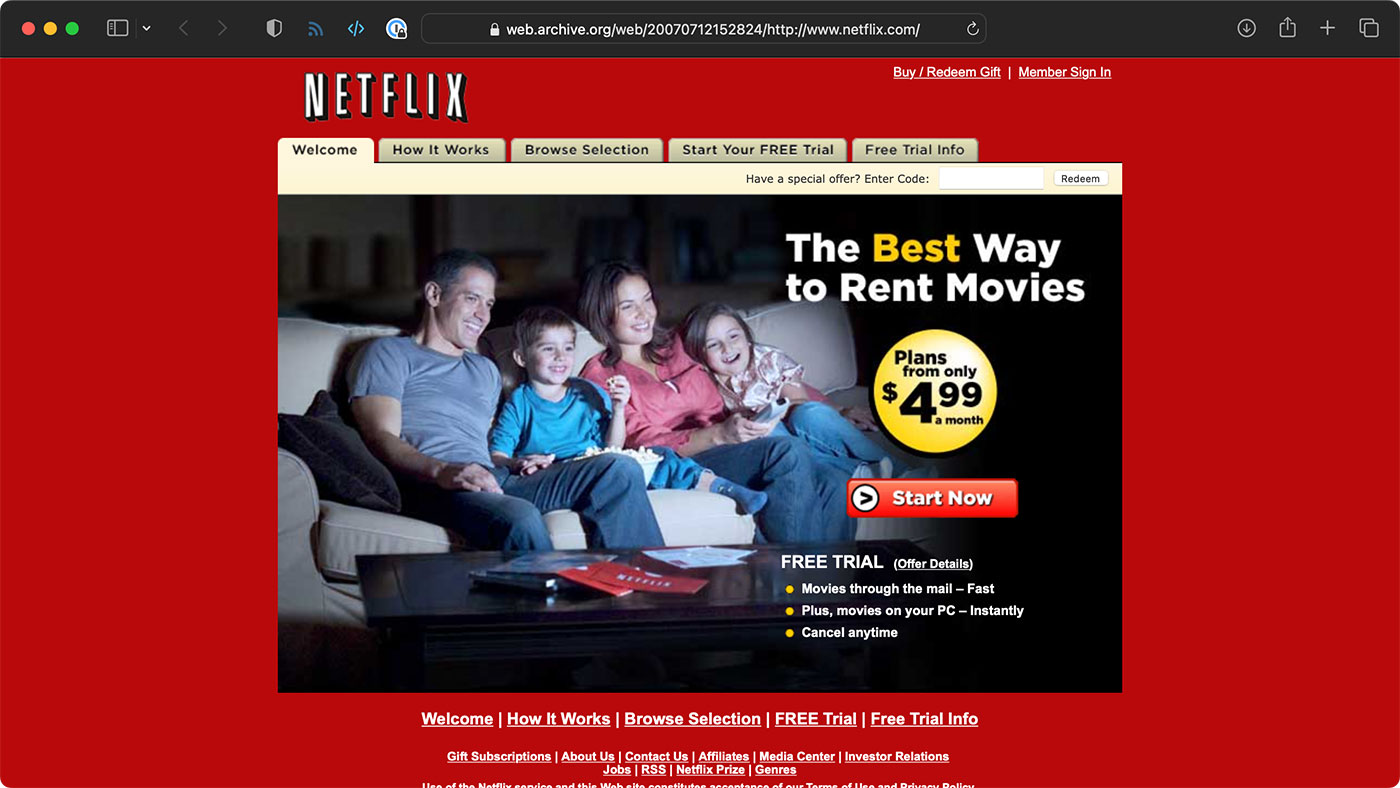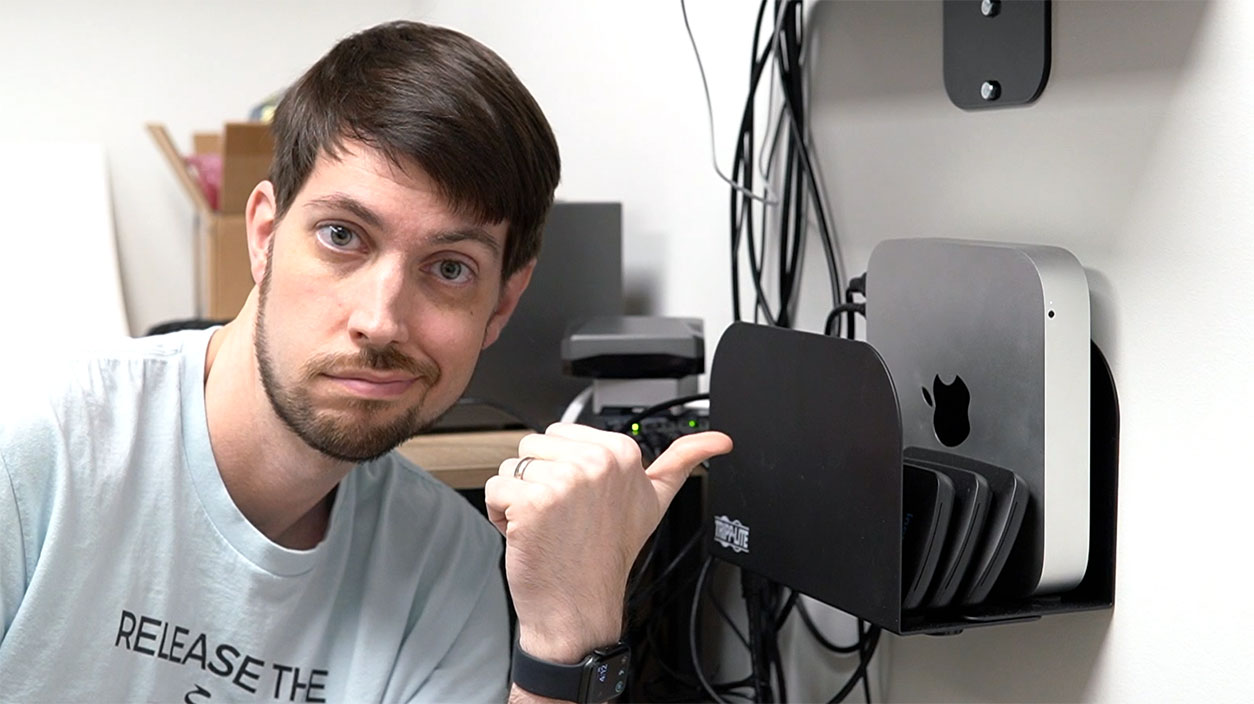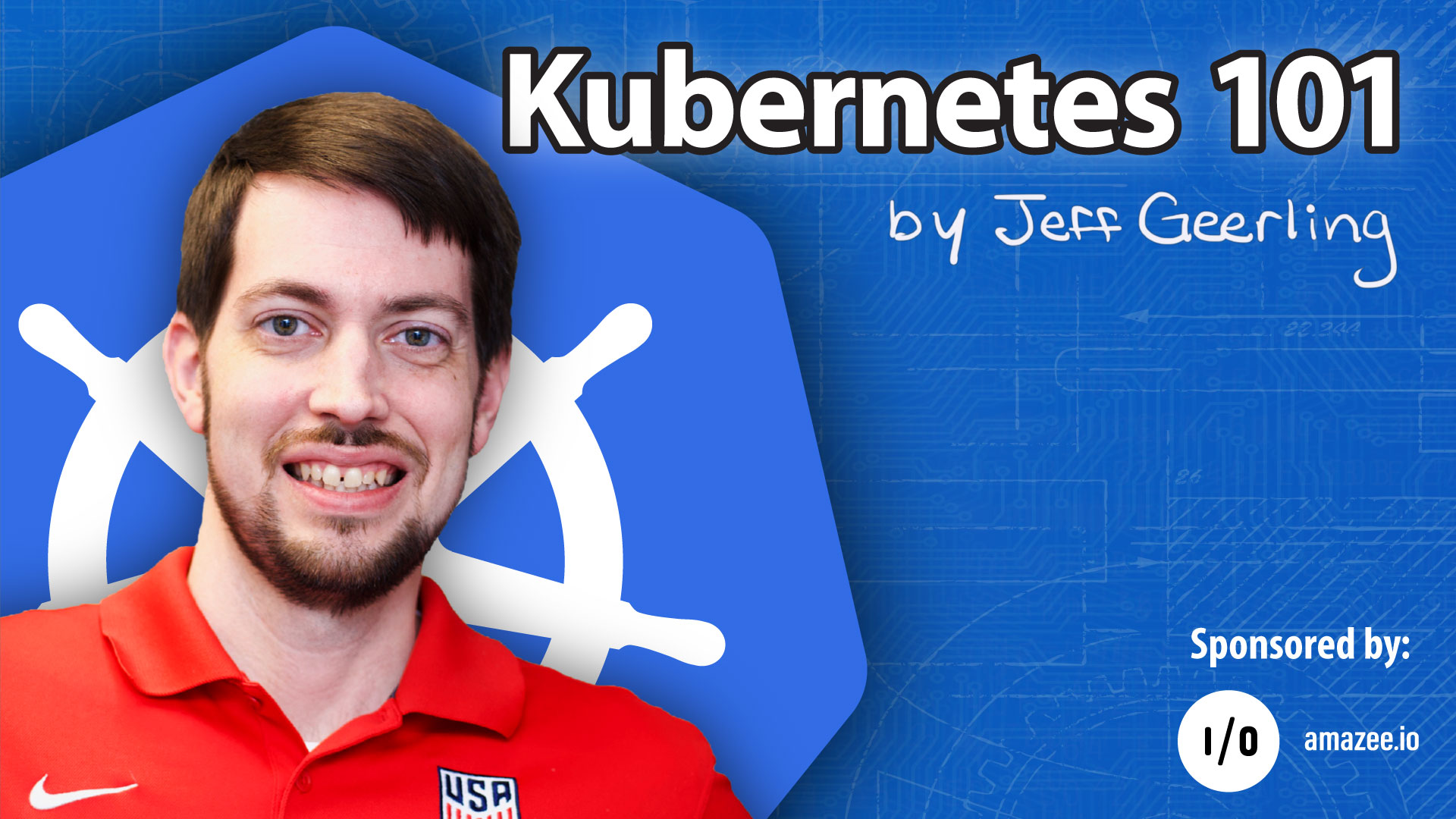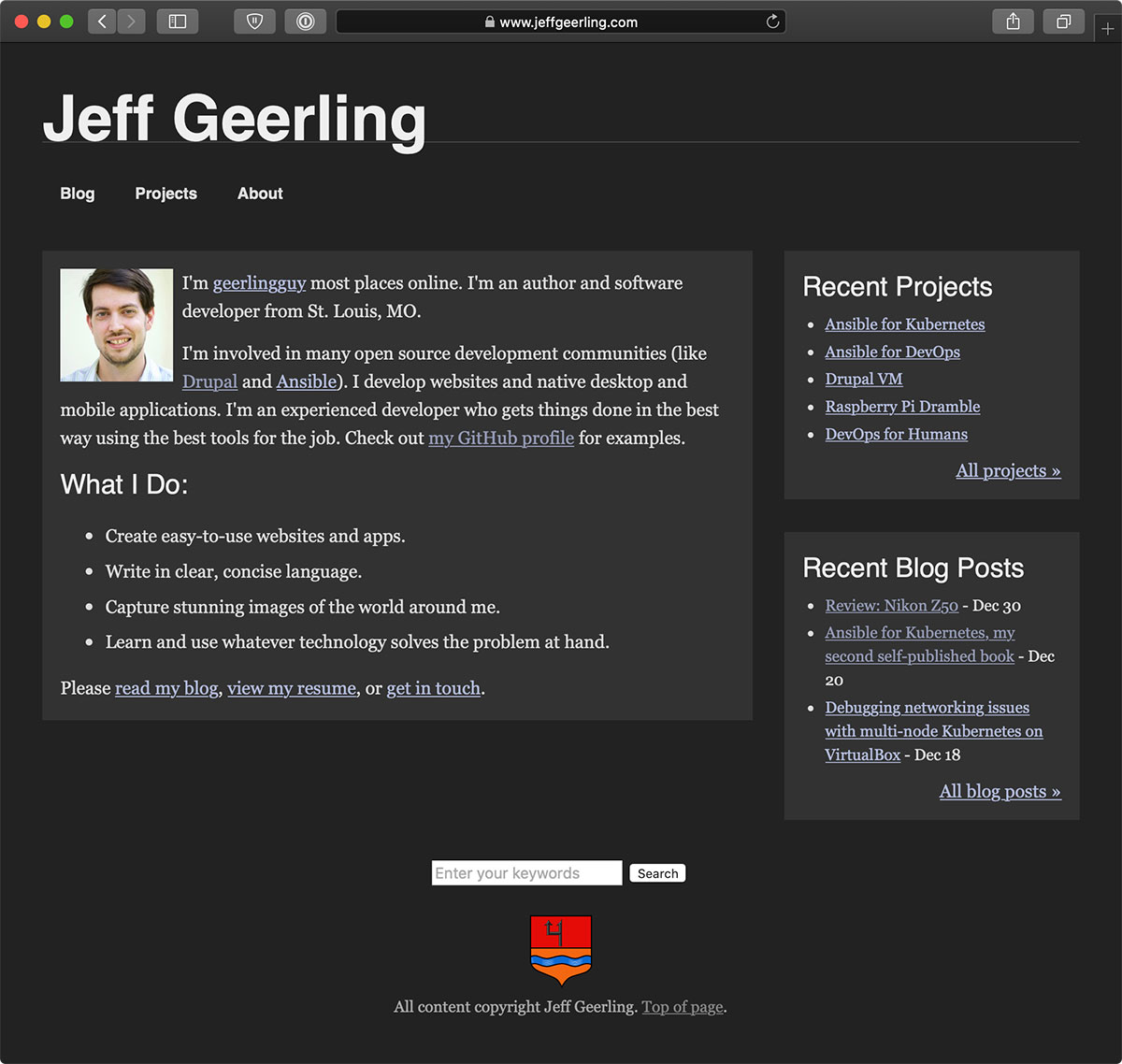Streaming services lost the plot
Do you remember when Netflix first started their movie streaming service, back in 2007?

Physical media was still the preferred way to consume media. Besides sports content, and some TV shows that were cable-exclusive for a time, most people would run by Blockbuster and pick up a movie.
Netflix started with mail-order DVDs, then switched to streaming. The absence of ads (which were rampant on cable channels) and the convenience of not having to drive to a physical store (Blockbuster et all) made Netflix a no-brainer, especially considering the depth of their initial library.



